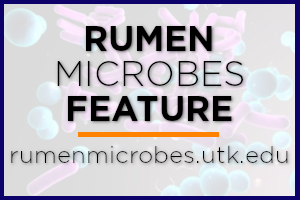
To date, we have not talked much about ciliated protozoa. These are a group of microbes characterized by the presence of hair-like extensions on their cell body called cilia. To help remedy this oversight, we will examine a genus of protozoa that are common within the rumen of ruminant animals, Isotricha.
Click the image hotspots to learn more about this featured microbe.
This interactive image was created by Maddie Henniger
(Image courtesy of utextension.tennessee.edu/)

Learn More
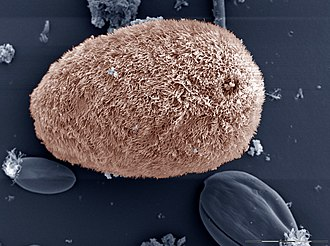
Isotricha species are holotrich protozoa. This means they are ciliates and have tiny hair-like structures called cilia distributed around them and the cilia are of even length. Image courtesy of the USDA.
Learn More
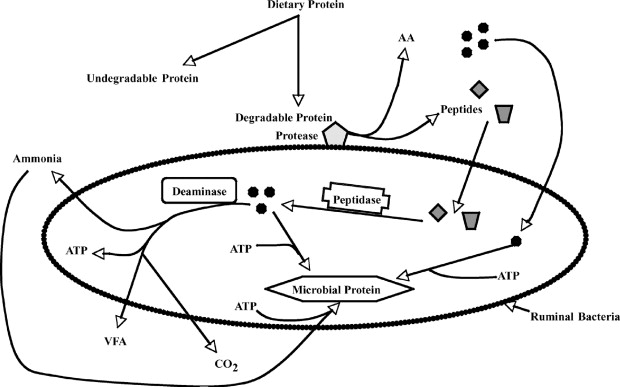
Generally, protozoal communities in the rumen are known for their ability to prey upon bacteria contributing to the intra-ruminal recycling of microbial protein. However, it has been demonstrated that holotrich protozoa engulf only a very small number of rumen bacteria. Image courtesy of Bach et al., 2005. Journal of Dairy Science, 88, pp.E9-E21.
Learn More
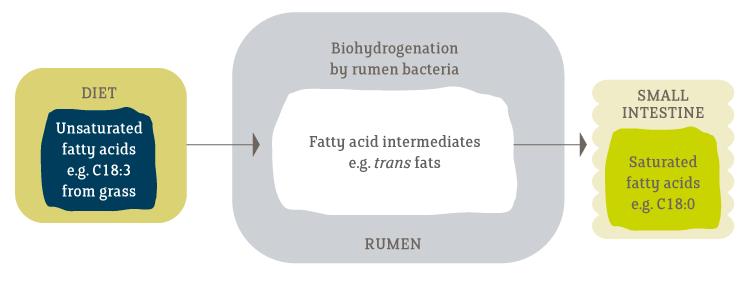
Isotricha prostoma is found in the rumen of cattle and may slightly be involved with bacterial biohydrogenation in the rumen. However, the bacteria associated (endo- and ectosymbionts) with this protozoan or engulfed by I. prostoma could be responsible for the observed results. Image courtesy of megalac.com.
Learn More
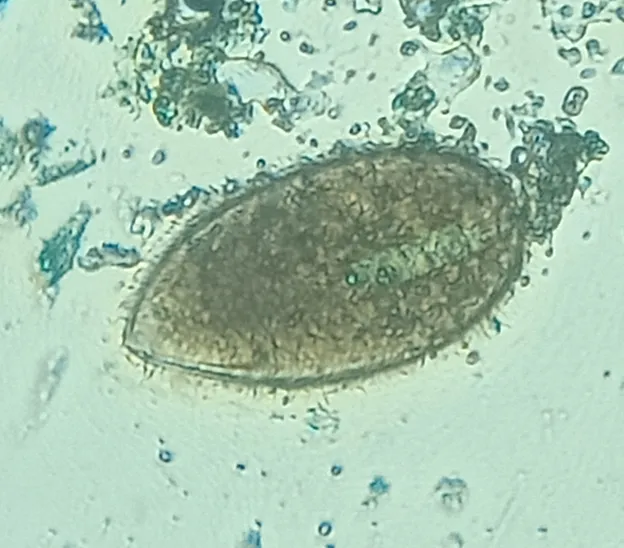
While protozoal communities are generally considered to reduce nitrogen utilization efficiency, Isotricha species have a smaller impact on decreasing nitrogen utilization efficiency than other protozoa. Image courtesy of microcosmos.foldscope.com.
Follow this link to view all of the interactive presentations for the Rumen Microbes series.